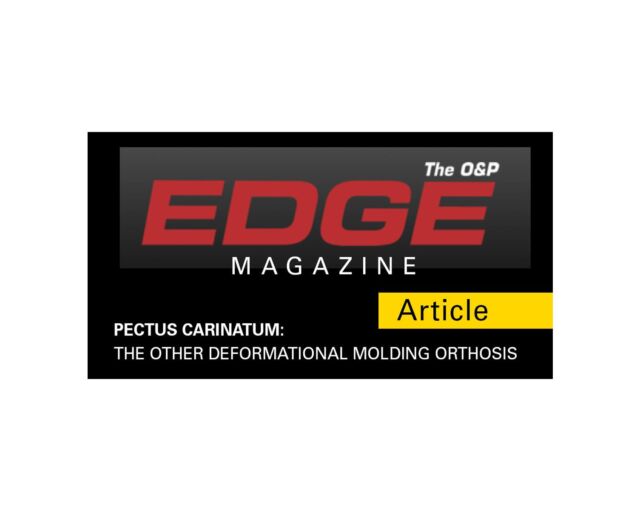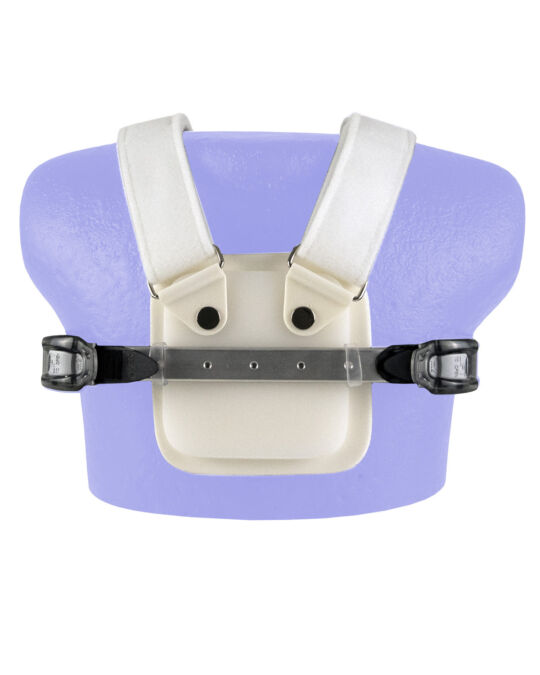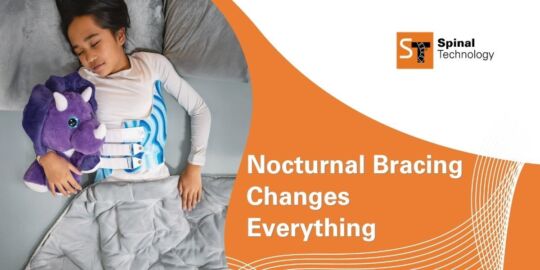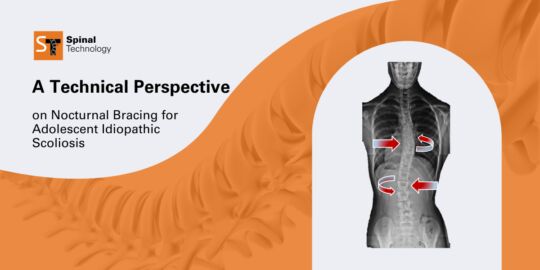Pectus Carinatum Orthosis (Article)

O&P Edge
August 2020 Issue
O&P Edge magazine has published an informative article on Pectus Carinatum: The Other Deformational Molding Orthosis written by Phil Stevens, MEd, CPO, FAAOP in the August 2020 issue.
This article summarizes available insight from recent publications as this modality continues to gain popularity in the field of orthotic rehabilitation.
“ The broad acceptance of conservative management of pectus carinatum was reflected in the 2012 guidelines of the American Pediatric Surgical Association, which include the following:
As reconstructive therapy for the compliant pectus deformity, nonoperative compressive orthotic bracing is usually an appropriate first-line therapy as it does not preclude the operative option. For appropriate candidates, orthotic bracing of chest wall deformities can reasonably be expected to prevent worsening of the deformity and often result in a lasting correction of the deformity. Orthotic bracing is often successful in prepubertal children whose chest wall is compliant. Expert opinion suggests that the noncompliant chest wall deformity or significant asymmetry of the pectus carinatum deformity caused by a concomitant excavatum-type deformity may not respond to orthotic bracing.
Thus, in the span of a few decades, conservative management has developed into a widely accepted first-line approach for this congenital deformity."
“As described, pectus carinatum represents a defect in the growth of the costal cartilage between the ribs and the sternum characterized by an outward protrusion. While this presentation can appear in childhood, it often fails to become apparent until puberty, at which time it can progress in its severity. The efficacy of orthotic management is largely dependent upon its timing, as there is generally a window of opportunity between when the deformity becomes more noticeable and the ossification of the chest wall that comes with continued maturation. If the compressive treatment is initiated during this window, while the chest wall is still pliable, the costal cartilage can be manipulated to a more anatomic position, avoiding the risks of surgery.”
Read the full article here.
© 2020 Western Media LLC, Publisher of The O&P Edge
Questions concerning a product?
Contact our Customer Service Team at 800 253 7868. We'll be glad to help you with your order.



